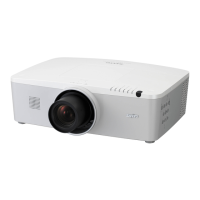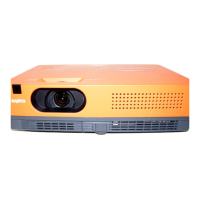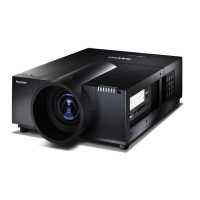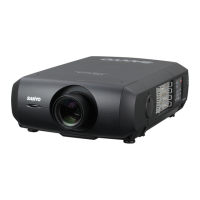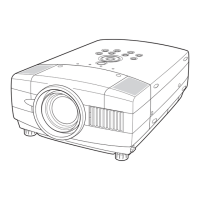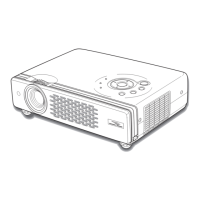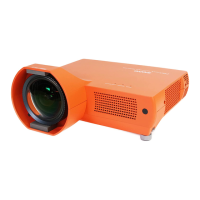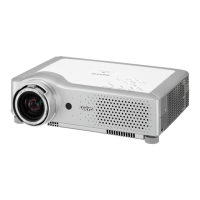What to do if my Sanyo Projector has no power?
- SShirley Peters MDAug 2, 2025
If your Sanyo Projector isn't powering on, here are a few things to check: * Ensure the power cord is securely plugged into the AC outlet. * Wait for the POWER indicator to stop blinking before attempting to turn the projector on again. * Check the WARNING TEMP indicator; the projector may not turn on if it's blinking. * Make sure the Key lock function is unlocked. * Verify that the filter cartridge is properly inserted. * Check the projection lamp.




